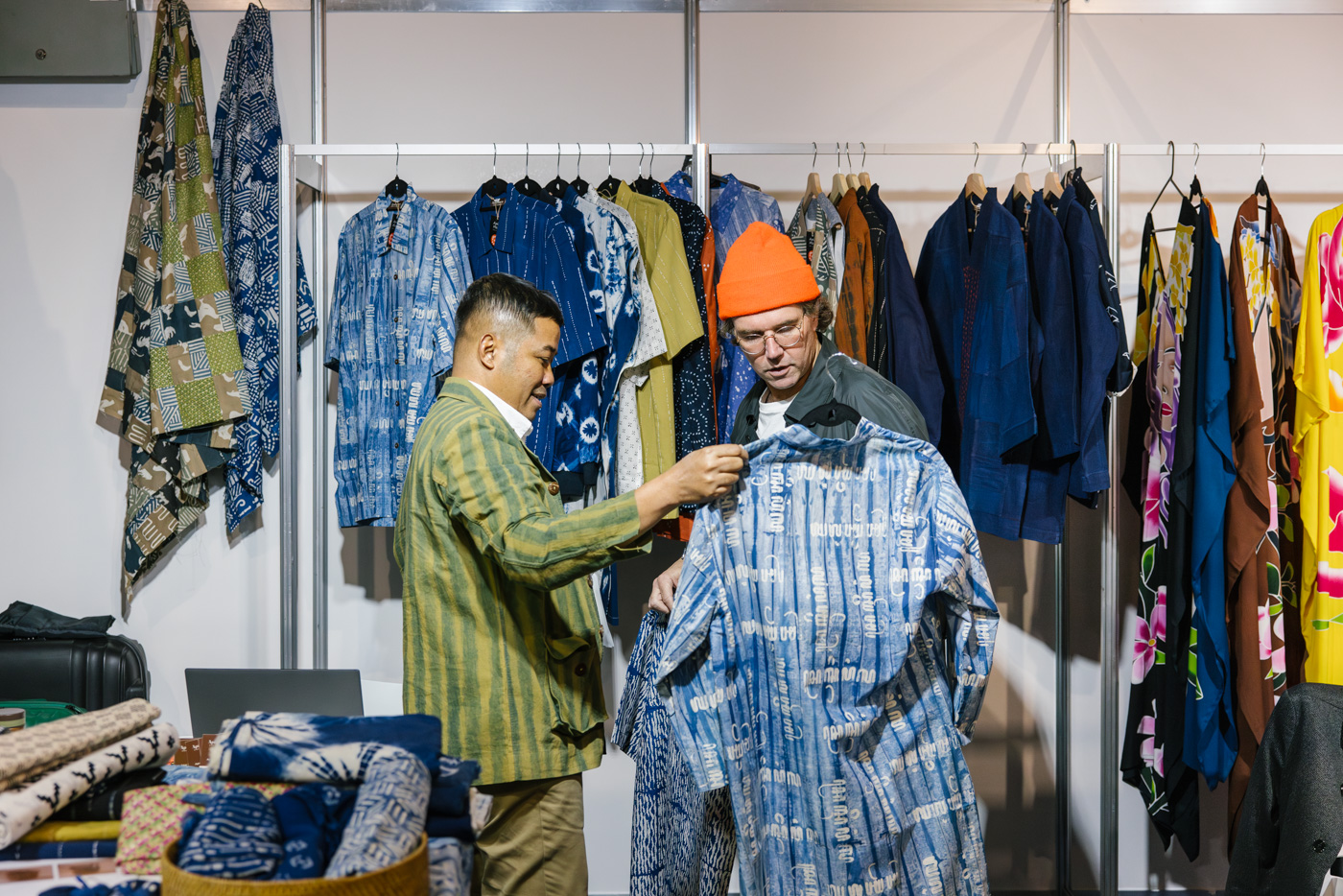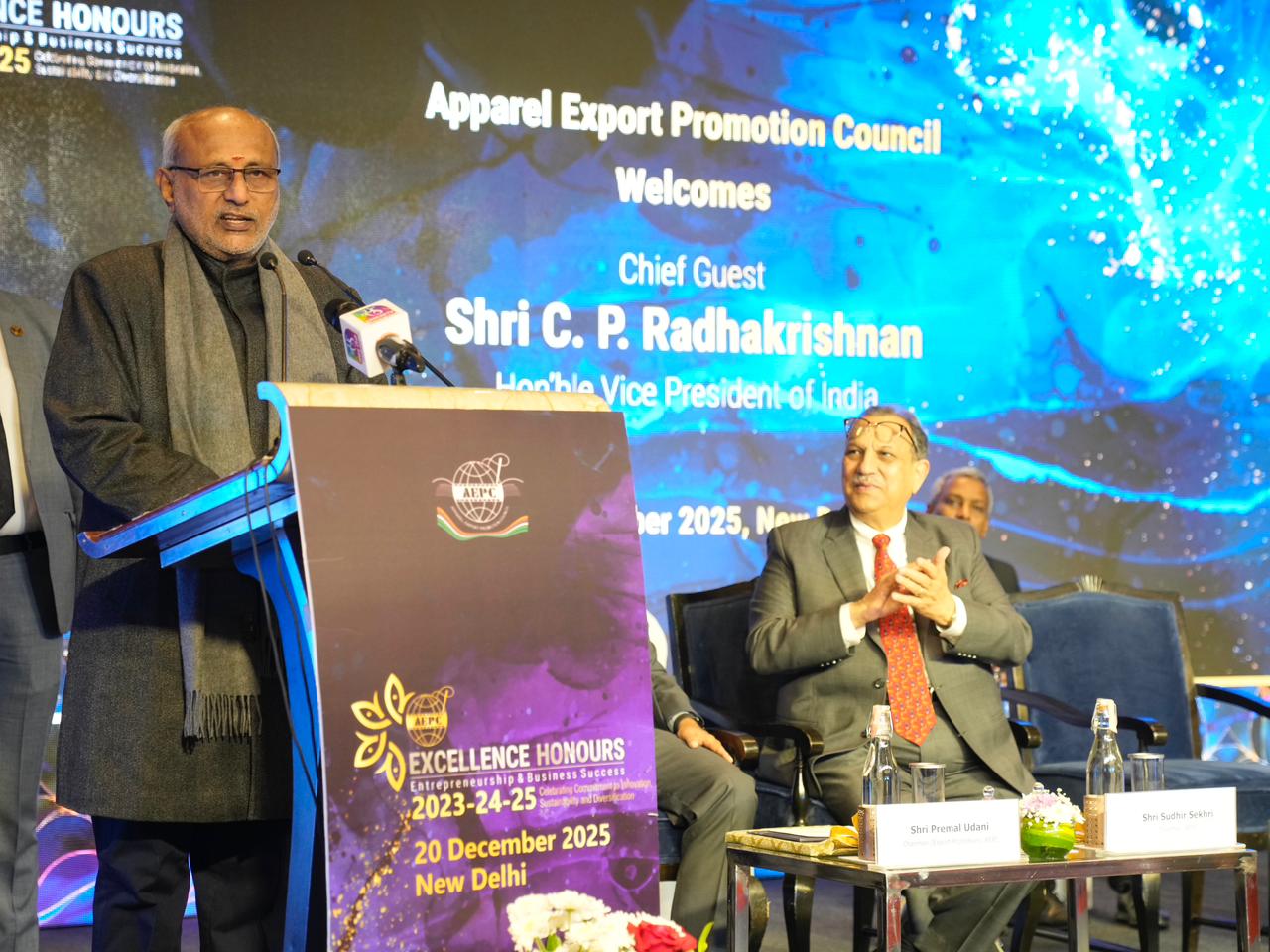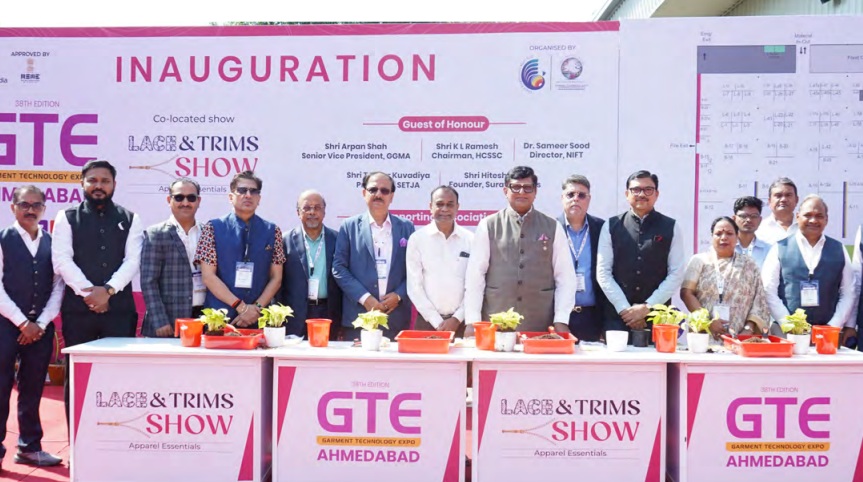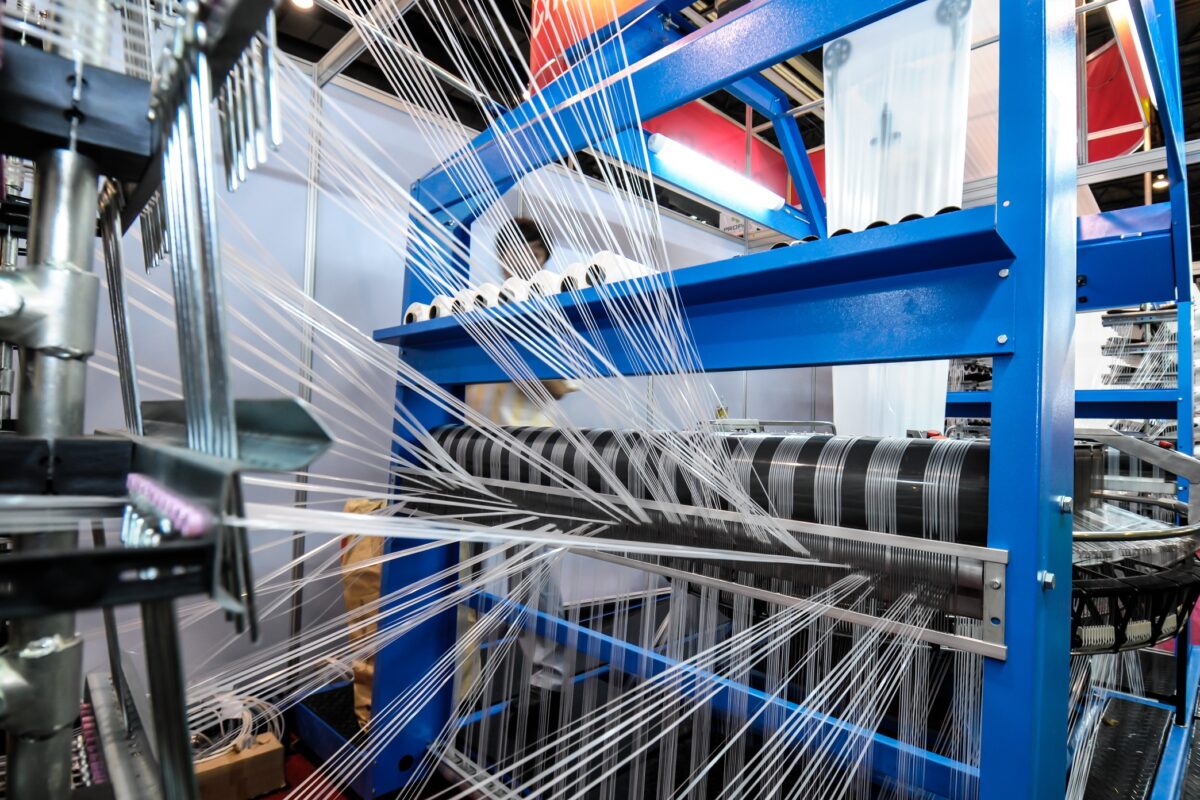
Australia's demand for sustainable fashion is reaching new heights, driven by increasing consumer awareness and a rising wave of conscious shoppers seeking brands committed to ethical production and circular fashion practices. With the local slow fashion market currently valued at $1.98 billion and a projected growth rate of 7 per cent by 2028, industry experts believe this is just the beginning of a much larger movement. The Global Sourcing Expo will take place from 17-19 June at ICC Sydney.
A market poised for growth, but underestimated
Julie Holt, Global Exhibitions Director at Global Sourcing Expo, believes the actual size of the green fashion market is significantly underreported. “A large portion of sustainable fashion trade happens through small businesses, local makers, and the growing trend of thrifting and upcycling, which aren’t always captured in official figures,” Holt said. She added that sustainable fashion is no longer seen as a premium add-on but as a defining brand value. “Today, sustainability is a clear differentiator in the market it’s what consumers are actively looking for.”
Anaita Sarkar, Co-Founder and CEO of Hero Packaging and a speaker at the upcoming Global Sourcing Expo, cited new consumer data to reinforce this shift. “A recent PwC survey showed that Australians are willing to spend an average of 9.7 per cent more on products that are sustainably produced or sourced,” Sarkar said. “Even during periods of economic uncertainty, we’re seeing people gravitate towards brands that align with their values.” Holt cautioned, however, that sustainable fashion will only thrive if it becomes more attainable. “To move beyond current projections, sustainable choices must be affordable and accessible. Competing with fast fashion remains a major challenge for ethical brands,” she added.
Digital Product Passports set to shape the future
As the industry moves towards greater transparency, Holt points to Digital Product Passports (DPPs) as a critical accountability tool. “There’s increasing pressure on ethical brands to lead in transparency, education, and accessibility, and DPPs are a powerful way to support this,” she said. Although Australia has yet to announce an official launch date, she confirmed that Europe is targeting implementation by 2030. “Many Australian brands are already auditing their supply chains from the first thread to the final package in preparation.”
Holt explained that DPPs, typically accessed via a QR code, allow consumers to trace a garment’s origin, composition, and full lifecycle. “This technology is essential for supporting circular economy goals. It ensures product data is accessible, accurate, and comprehensive,” she said. “But the traceability process itself is complex, and we need to foster more industry-wide dialogue around how to manage and implement it effectively.”
Packaging innovation adds value and trust
Packaging has emerged as another major area where sustainability and brand identity intersect. Sarkar shared insights from Trivium Packaging’s Buying Green Report. “The report found that 82 per cent of consumers across all age groups are willing to pay more for products with sustainable packaging. That’s a significant shift from previous years,” she said. Robert Lockyer, Founder and Chief Client Officer at Delta Global and also a speaker at the Expo, believes Australian brands are well-positioned to lead globally. “There’s a real opportunity for Australia to showcase that luxury and sustainability can go hand in hand,” Lockyer said. “However, limited access to sustainable materials, rising costs, and supply chain complexity remain major hurdles.”
He stressed that sustainable packaging must be beautiful, reusable or recyclable, and ethically sourced. “Smart packaging builds trust, creates a competitive edge, and reinforces long-term brand equity,” Lockyer said. “Mono-material packaging, in particular, simplifies the recycling process without sacrificing quality or design.” He added that digital tools like QR codes can guide consumers in how to reuse or recycle packaging and improve traceability and return processes.
Strategies for sustainable brand growth
For brands looking to grow under a sustainable banner, Sarkar offered three strategic tips. “First, use social listening monitor reviews and comments on social media like a live focus group to guide real-time decisions,” she said. “Second, make every product launch an opportunity to innovate improve materials, logistics and reduce waste. Third, partner with artists, charities, and other values-aligned organisations to expand your impact and stay culturally relevant.”
Looking ahead, Holt is optimistic about the sector’s potential. “This is the perfect moment to capitalise on growing demand for sustainability,” she said. “But brands must invest in building transparent and resilient supply chains. At the Global Sourcing Expo, we bring manufacturers and brands together to collaborate, innovate and build the trust needed for long-term growth.”












